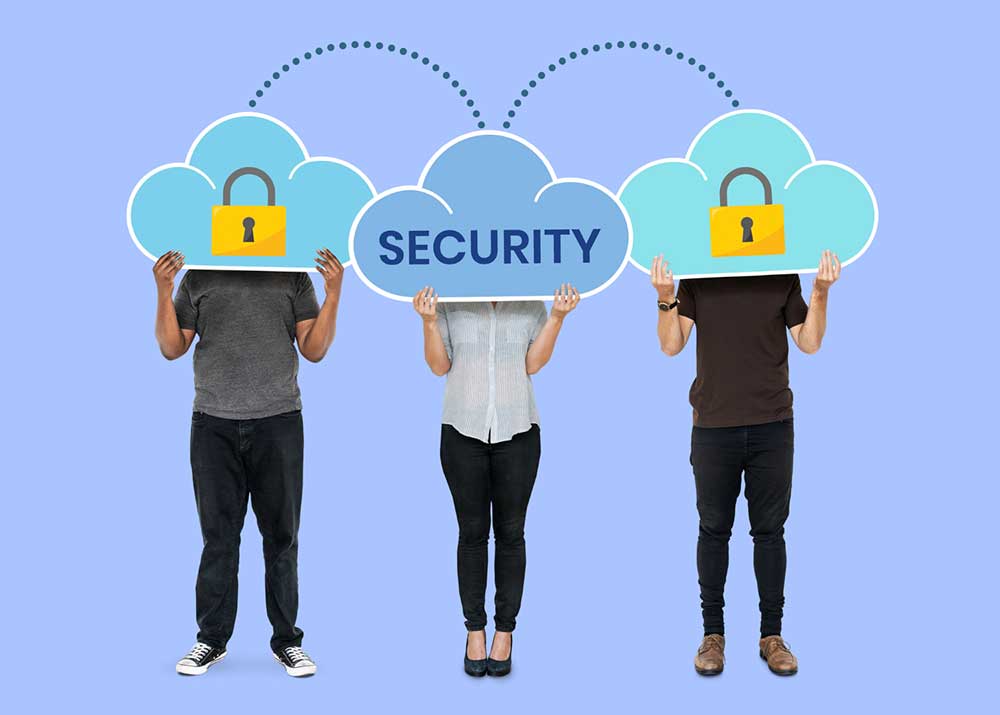Cloud Security Factors to Look for in 2023

In an increasingly digital and interconnected world, businesses rely heavily on cloud computing to store and process their data. However, with the rise in cyber threats, ensuring robust cloud security has become a top priority. As we step into 2023, organizations need to be aware of the key factors to consider when it comes to securing their cloud infrastructure. This article will explore the essential cloud security factors to look for in 2023, helping businesses make informed decisions and safeguard their sensitive information from potential breaches and attacks.
Prioritizing Cloud Security: Key Factors to Consider

You’ve finally got all of your databases locked down tight in the cloud so hackers can’t get in. It’s time to breathe easy and stop worrying about security. Or is it? The truth is, you can never truly relax when it comes to securing sensitive information. Hackers are always looking for a way in, and you need to be on guard at all times to keep up with them. Hackers evolve their methods, and your defenses against them also need to evolve, especially when you store data remotely. Following are a few security factors to keep an eye out for in 2023.
1. Micro-Segmentation
Micro-segmentation is the practice of putting people into groups and giving them their own secure spaces in the cloud. Their files are accessible only to them. It’s a change from the wide-open server setups where almost anyone could get files from the database without needing authorization. Isolating information to the level where only a few people have access removes the risk of accidental deletions and unauthorized access by other users. It also allows IT to control who gets in and who doesn’t.
2. Multi-Factor Authentication
Multi-factor authentication is nothing new, but it’s gaining in popularity because of how difficult it is to get past it. This type of authentication requires a physical key, device, or authenticator in addition to a password. Requiring this additional information renders a user ID and password useless on their own.
An authenticator generates random numbers for a specified number of seconds or minutes, and the user has to enter the numbers before the timer counts down. Not entering the numbers in time or not entering them at all results in the system rejecting the user’s attempt to get in. Using an external authenticator does add extra work to the act of accessing the database, but it’s a small effort to make when it comes to keeping hackers out.
3. Security Automation
Keeping an eye out for hackers is a big job. It has to be on top of any strange activity that may occur within the network or from the outside. Your IT team needs to monitor everything, and if members have to walk away to take care of a user, there may be no one around to catch an intrusion. Setting up software to detect and send a message when something’s not right is a far more efficient way to keep an eye on network traffic.
Automation allows IT workers to go about their regular routines without having to sit and monitor things at all times. Instead, the IT professional gets pinged with a message from the server, whether it’s local or in the cloud, that an unauthorized user is trying to get in, allowing the IT worker to take appropriate action quickly.
It’s important to always be alert and aware of who’s accessing the network. Fine-tuning access and automating security routines go a long way toward locking things down and making it more difficult for a hacker to get in.
4. Compliance and Regulations
With evolving data privacy regulations like GDPR and CCPA, it’s crucial to choose CSPs that prioritize compliance. Ensure that your cloud provider adheres to industry standards and regulations applicable to your business. This includes robust data privacy practices, transparent data handling policies, and clear breach notification protocols.
5. Disaster Recovery and Backup
Cloud security is not solely about protecting against external threats; it also involves safeguarding against data loss due to internal or external factors. Robust disaster recovery and backup solutions offered by CSPs can help ensure business continuity in case of unexpected incidents, such as hardware failures or natural disasters.
6. Security Audits and Assessments
Regular security audits and assessments are essential to evaluate the effectiveness of cloud security measures. Choose CSPs that undergo independent third-party audits and provide transparency in their security practices. This demonstrates a commitment to maintaining the highest security standards and helps build trust with customers.
7. Employee Training and Awareness
Even with the most advanced security measures in place, human error remains a significant risk factor. Organizations should prioritize employee training and awareness programs to educate staff about best practices for cloud security. This includes recognizing phishing attempts, following secure password protocols, and understanding the importance of data protection.
Conclusion
As we navigate the complex and evolving landscape of cloud technology, prioritizing robust security measures is critical. In 2023, businesses and individuals must consider key factors such as strong encryption, multi-factor authentication, compliance with regulatory standards, robust IAM policies, regular security audits, data backup and disaster recovery capabilities, incident response and monitoring, and employee security training.
By carefully evaluating these aspects when selecting cloud service providers, we can better protect our data, mitigate risks, and ensure a secure cloud environment. Emphasizing cloud security in 2023 is an investment in safeguarding sensitive information and maintaining the trust of customers and stakeholders in an increasingly interconnected world.
Read Also: Cloud Based Meeting

news via inbox
Sign up and never miss out on the latest news and updates at HighStuff



